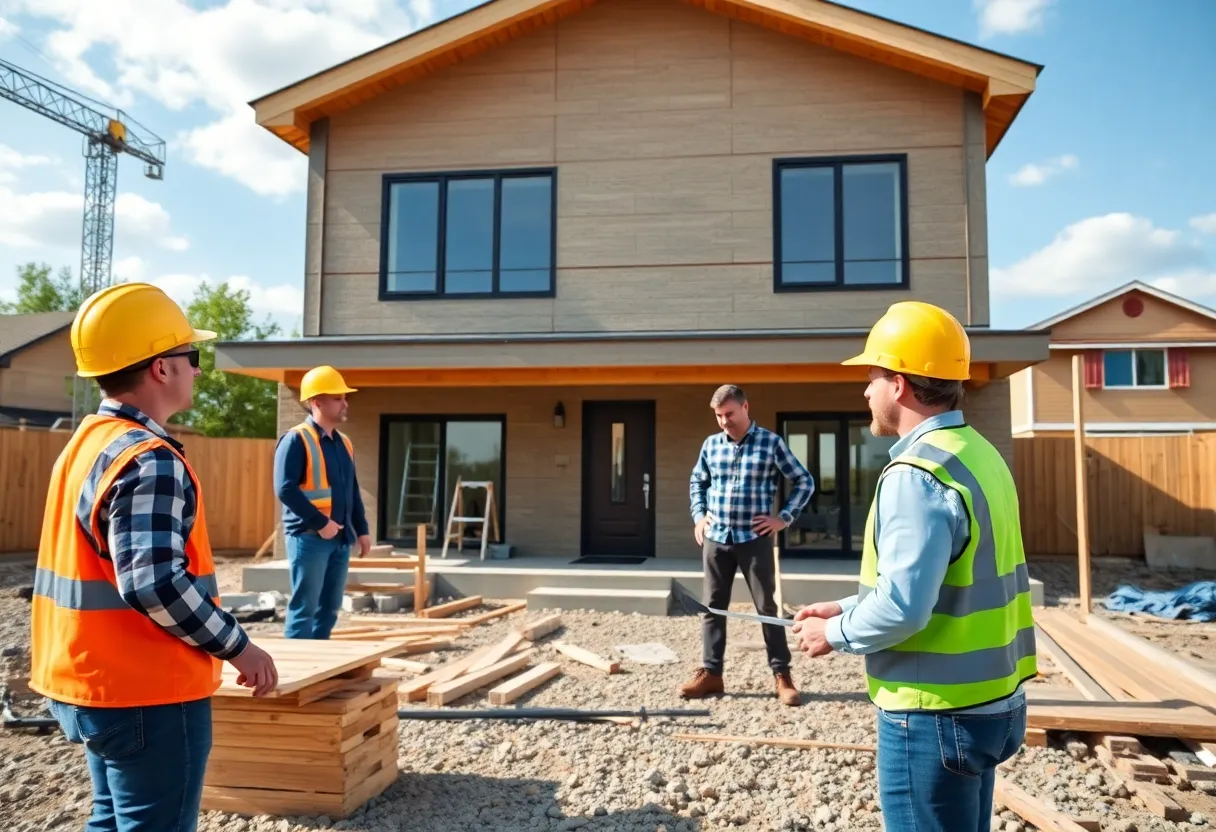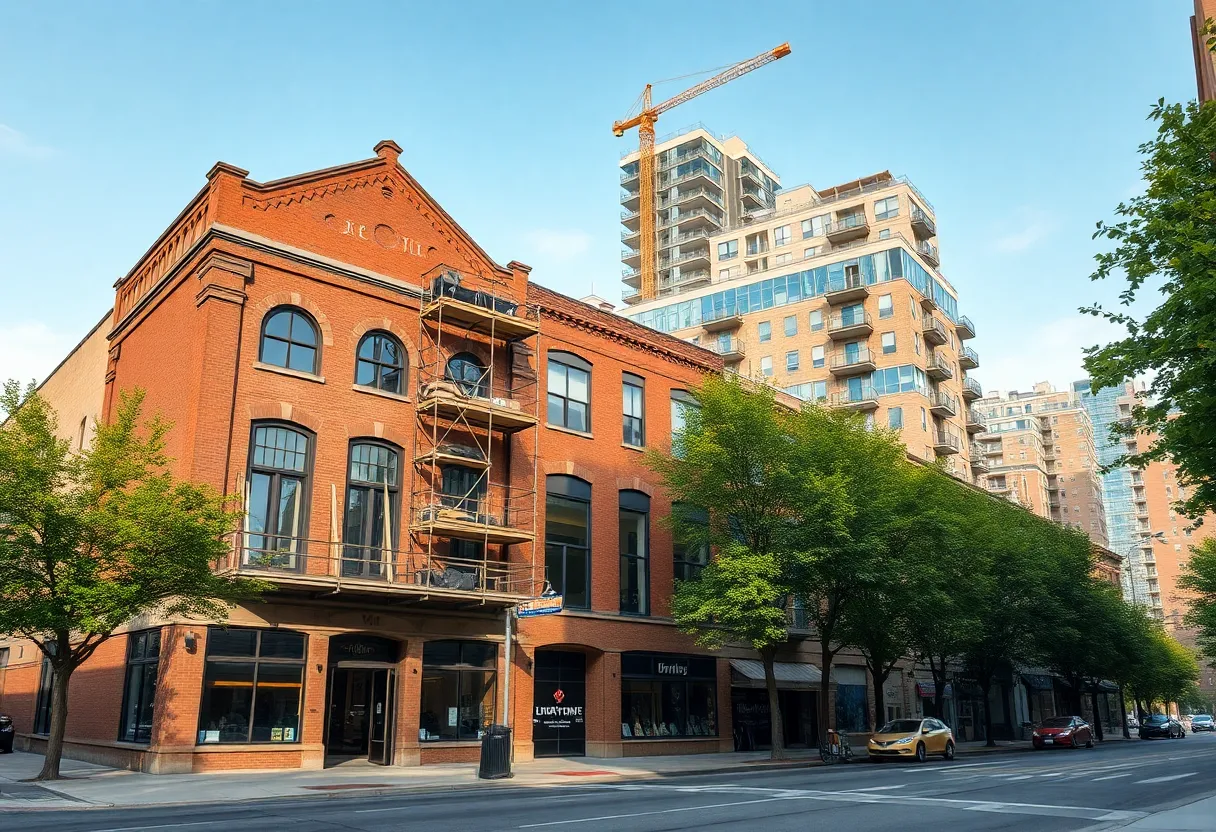News Summary
The Mortgage Bankers Association (MBA) has proposed significant reforms to enhance access to construction and renovation financing. Their recommendations aim to facilitate borrower accessibility, boost lender participation, and address barriers in the construction loan market. Key points include the introduction of a pilot program for early securitization of loans, extending credit documentation validity to 18 months, and revising HomeStyle Renovation Mortgages to support partially completed projects. These reforms are essential for improving housing supply and affordability challenges while aligning with the missions of Fannie Mae and Freddie Mac.
Construction and Renovation Lending Policies Under Review for Improved Access
The Mortgage Bankers Association (MBA) has urged major housing finance entities Fannie Mae and Freddie Mac to reform their construction and renovation lending policies in a letter sent on July 15. These reforms are intended to enhance borrower access and increase lender involvement, which is crucial in addressing the ongoing challenges related to housing supply and affordability.
Key Recommendations for Improvement
The MBA outlined three prominent recommendations aimed at streamlining the lending process, minimizing lender risk, and supporting underrepresented market segments. By implementing these changes, it is anticipated that financial barriers could be diminished, thus providing a much-needed boost to the struggling housing market.
Construction Loan Reform: A Critical Need
Recognizing construction loan reform as a vital issue, the MBA’s Residential Board of Governors (RESBOG) has raised concerns regarding the current barriers to financing home construction and renovation. The MBA highlighted the importance of the Single Close Construction-to-Permanent loan as a significant tool in stimulating new housing production but noted current limitations that hinder lenders from leveraging this option effectively.
Proposed Changes to Enhance Liquidity
Currently, lenders are required to wait until construction is fully completed before they can sell Single Close Construction-to-Permanent loans in the secondary market. This waiting period can create liquidity issues and strain independent mortgage banks (IMBs). The MBA has proposed a pilot program that would allow these loans to be securitized at closing, which could significantly improve liquidity and, in turn, lower financing costs for lenders and borrowers alike.
Adjusting Credit Documentation Validity
Another recommendation included extending the validity of credit documentation for Single Close Construction-to-Permanent loans from 12 months to 18 months. This extension is crucial as modern construction timelines frequently encounter challenges such as supply chain delays, labor shortages, and permitting complications. By accommodating these realities, the MBA aims to simplify the requalification process for borrowers, reducing friction and costs for lenders.
Changes to HomeStyle Renovation Mortgages
In addition, the MBA has suggested lowering the completion threshold for HomeStyle Renovation Mortgages from 90% to 50%. This adjustment would allow disbursement of funds for homes that are partially completed, stalled, or only half-finished. Such a modification is expected to ensure timely and controlled project completion, which is critical for meeting escalating housing demands.
Introducing Safeguards for Responsible Lending
Alongside these proposed changes, the MBA mentioned that safeguards should be put in place, such as conducting inspections and implementing a 10% holdback on each draw to protect against potential misuse of funds. These safeguards would provide additional layers of security for both lenders and borrowers throughout the renovation or construction process.
Previous Financing Practices as a Benchmark
The MBA has pointed out that Fannie Mae previously permitted financing for homes at 50% completion, highlighting the practicality of this approach. This historical precedent reinforces the feasibility of the suggested alterations, aiming to support a more efficient and accessible housing finance system.
Conclusion
The letter from the MBA encapsulates a vision for improving construction and renovation lending policies, ultimately aimed at expanding mortgage access and enhancing secondary market liquidity. For those interested in a detailed account of the recommendations and objectives proposed by the MBA, further information is readily accessible.
Deeper Dive: News & Info About This Topic
Additional Resources
- The Mortgage Point
- Mortgage News Daily
- The Mortgage Reports
- Multifamily Dive
- Newsweek
- Wikipedia: Mortgage
- Google Search: Construction Lending
- Encyclopedia Britannica: Mortgage
- Google News: Construction Financing
Author: Construction TX News
TEXAS STAFF WRITER The TEXAS STAFF WRITER represents the experienced team at constructiontxnews.com, your go-to source for actionable local news and information in Texas and beyond. Specializing in "news you can use," we cover essential topics like product reviews for personal and business needs, local business directories, politics, real estate trends, neighborhood insights, and state news affecting the area—with deep expertise drawn from years of dedicated reporting and strong community input, including local press releases and business updates. We deliver top reporting on high-value events such as the Texas Construction Expo, major infrastructure unveilings, and advancements in construction technology showcases. Our coverage extends to key organizations like the Associated General Contractors of Texas and the Texas Building Branch, plus leading businesses in construction and real estate that power the local economy such as Austin Commercial and CMiC Global. As part of the broader network, including constructioncanews.com, constructionnynews.com, and constructionflnews.com, we provide comprehensive, credible insights into the dynamic construction landscape across multiple states.





